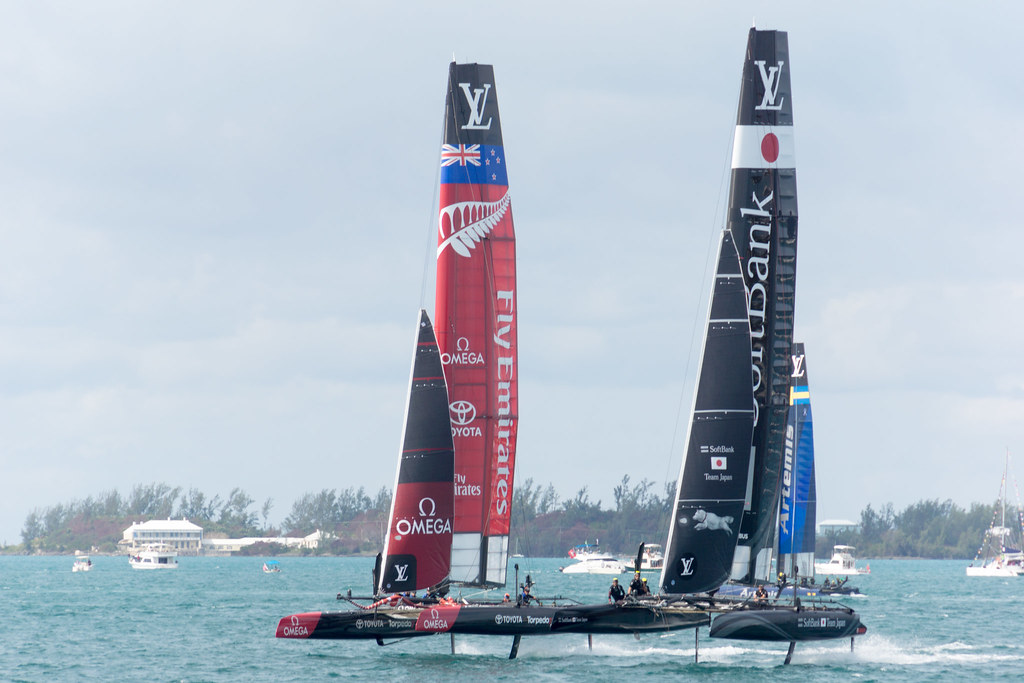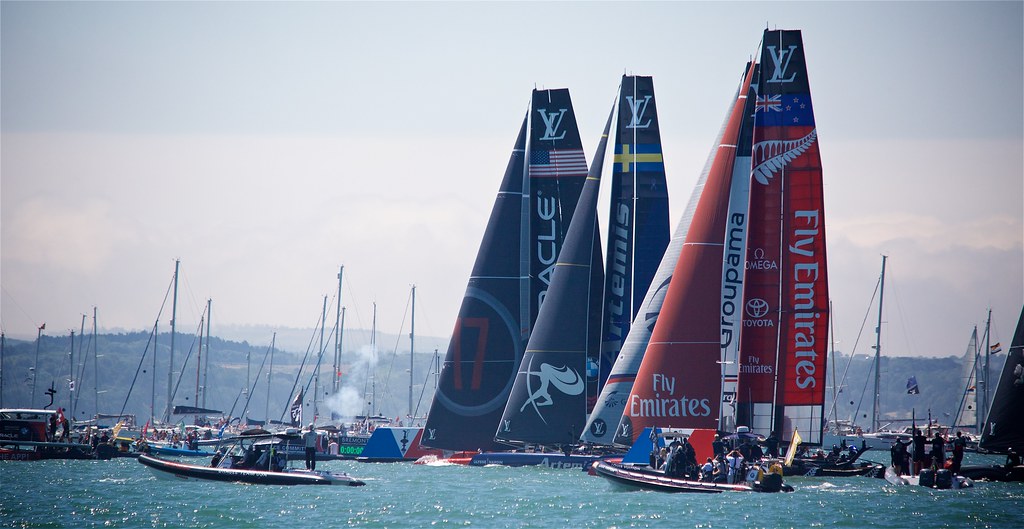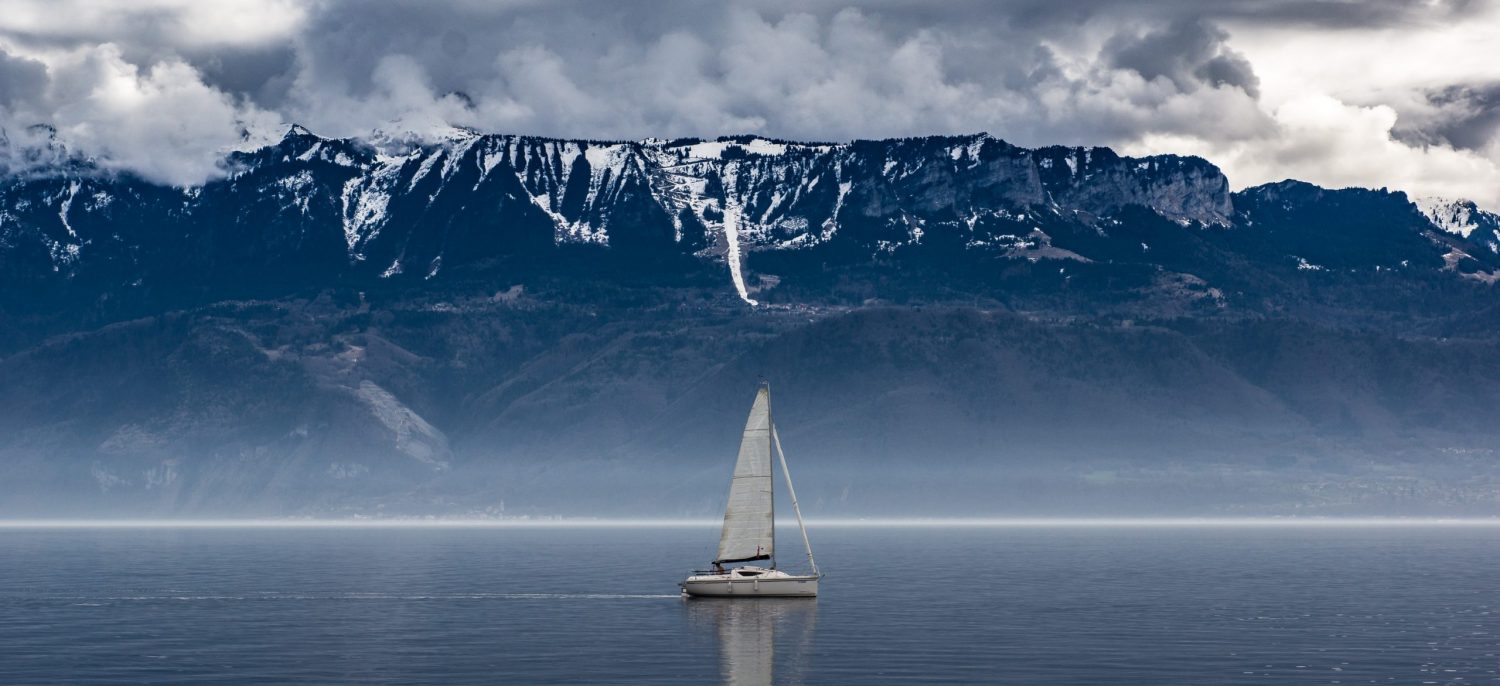Sailing has been practiced for centuries; it played a crucial role in the development of civilizations. Sailing allowed humans greater mobility, faster way to travel through distances rather than moving on the land. There were many purposes for sailing, not all of them were good. We used sailing for transport, it was easier and more efficient, and we used sailing for trade to go to the lands and places where we could get goods and products that we didn’t have, fishing was more efficient because of sailing but we did warfare as well. Sailing greatly impacted exploration of the Worlds, we all heard about great explorers Marco Polo, Christopher Columbus, James Cook, Ferdinand Magellan, and Amerigo Vespucci. Sailing meant freedom, connection with nature, it was a passion of many because it was ruthless and beautiful at the same time. It took centuries for sailing to become a hobby and a sport.
Sailing nowadays means a passion, passion to compete or passion just for fun. Many great locations around the globe crystallized as ‘to go’ places if you are a sailing enthusiast. If you are looking for the best sailing destinations in the world then Greece, Croatia, France, Thailand, Bahamas, Caribbean, Seychelles, or Polynesia are perfect places for you. Those countries offer the best winds, waters, and places to see and things to do while sailing. Mediterranean countries offer thousands of islands and thousands of wonders like Croatian Blue Cave, or Mikonos Island in Greece. While mentioning these two, we cannot skip popular Plitvice Lakes tour which is a reall heaven on the earth, with some of the best preserved nature environment in entire Europe. Hidden bays and best sandy beaches can be discovered in waters of the Caribbean and Bahamas, and most romantic are turquoise waters in Seychelles. Sailing truly can represent the best joys of life but on the other hand, sailing can be very competitive, rough, tough and ruthless. Our hero, Dominique Wavre is one of those brave ones that tasted sailing in his roughest definition by competitively sailing around the globe in single-handed, non-stop, Vendee Globe race.


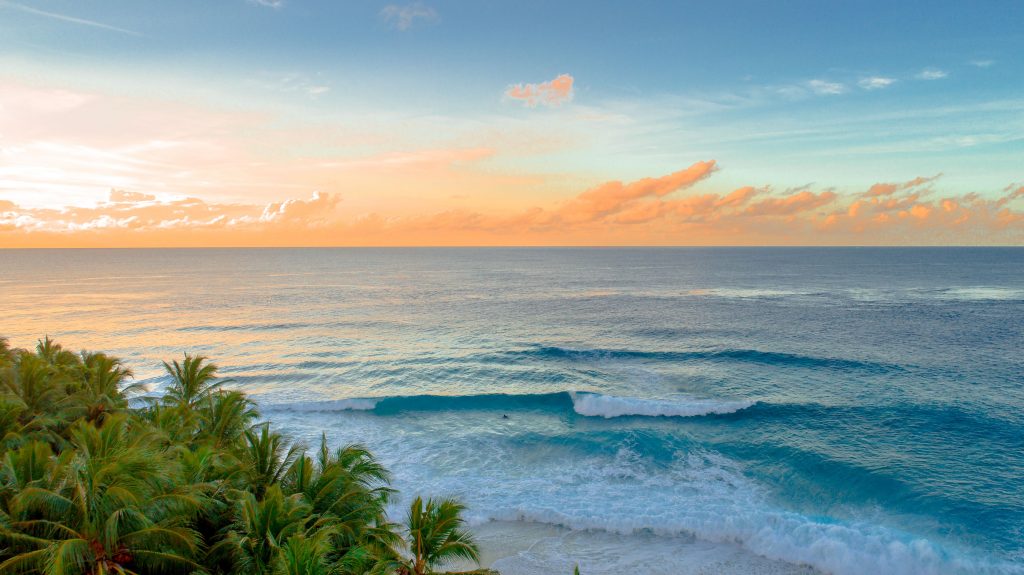
Dominique Wavre
Born in Genève, son of an engineer and tennis player, he showed a passion for sailing in the early days on Lake Geneva and after he dedicated his life to sport sailing. Yacht racing became Dominique’s passion; he accumulated many victories on board of the Surprise, shined at the Olympic series and became French America’s Cup team coach before he turned into solo sailing. Finishing 5th overall on 2000 Vendee Globe he became the first person in Switzerland to sail around the world single-handed and without stopping. In 2005 he finished his second Vendee Globe in fourth place and few months after he started building his new, most known boat, Mirabaud. He fought many battles with Mirabaud, from Barcelona World Race to Vendee Globe races and those races just reflect the competitive and tough spirit that made him quit his profession and dedicate his life to sport sailing. He went through some of the toughest nautical challenges in his careers like single-handed La Figaro race, the Jacques Vabre transatlantic race, the Fastnet race, America’s Cup, and Vendee Globe that put his name into the history books.

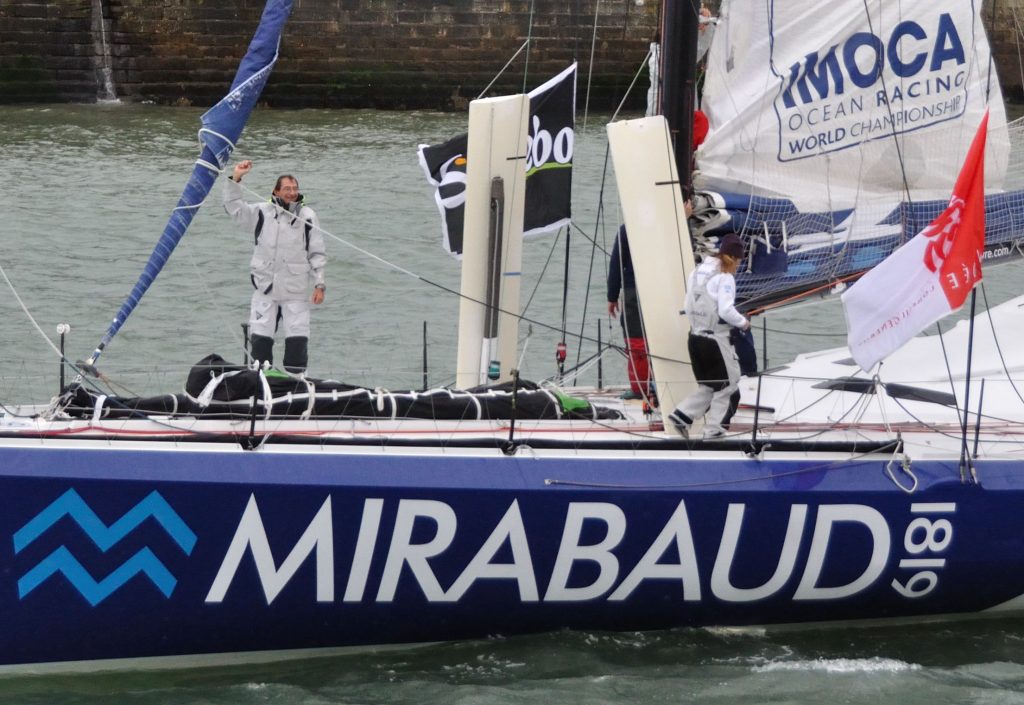
Vendee Globe
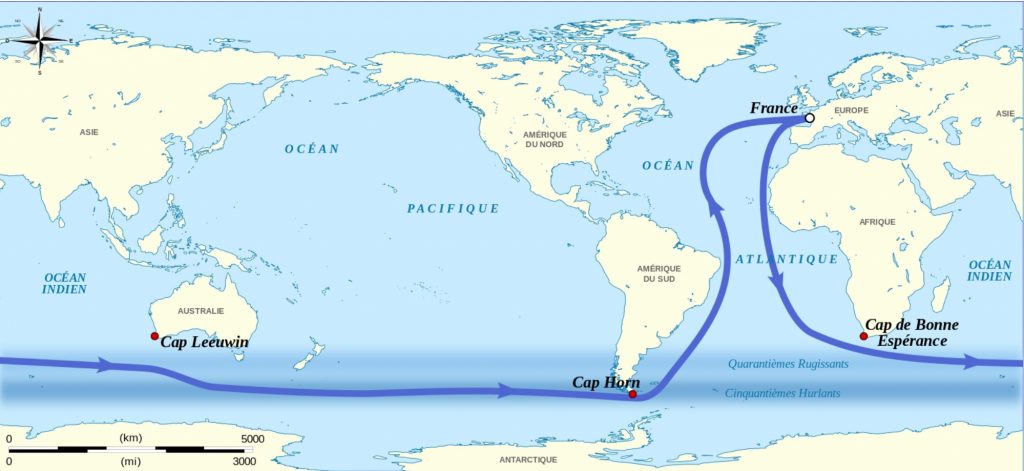
Vendee Globe is one of the hardest, if not the hardest, yacht races in the world. It was founded by Philippe Jeantot in 1989 and it’s single-handed (or solo) non-stop yacht race around the world without any assistance. Surely this race is an extreme both physical and mental challenges for all participants and represents the ultimate ocean racing test. Since 1992 this race takes place every four years.
Classes: IMOCA 60
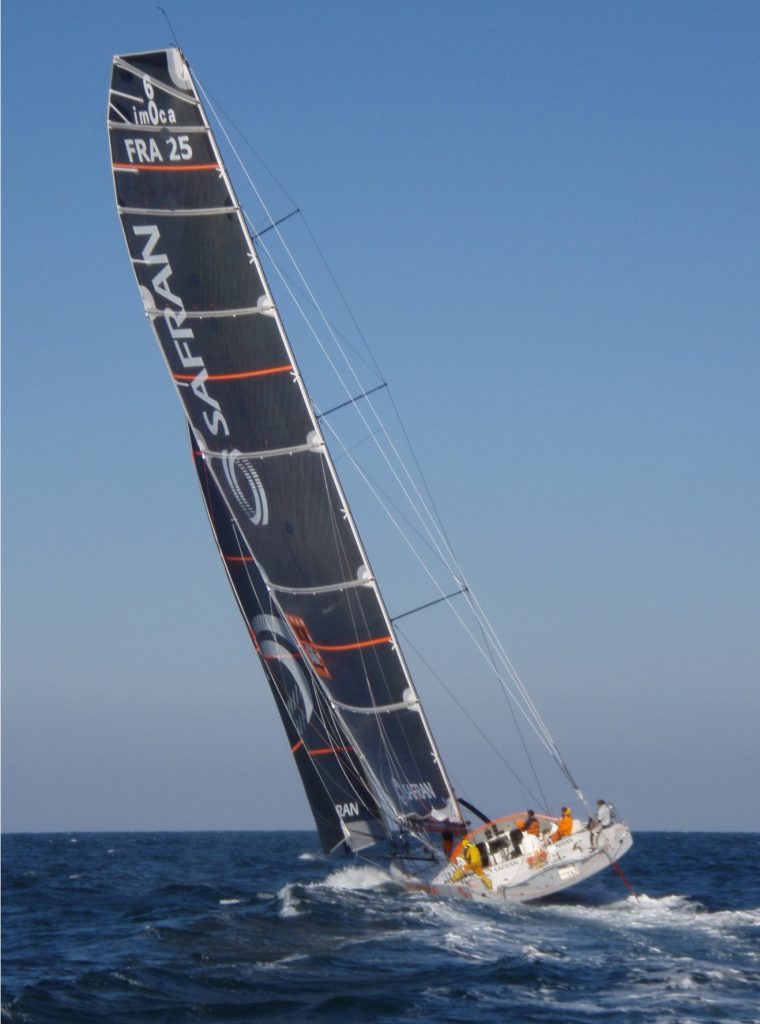
Start and finish: Le Sables-d’Olonne, France
In order to compete in this race, the yacht needs to be Open 60 (or IMOCA 60) class criteria built. The race was open for Open 50 boats until 2004, but after only Open 60 is qualified for the competition. IMOCA is a member of the ISAF (International Sailing Federation) and stands for International Monohull Open Class Association and its main task is to organize single-handed circumnavigation races and regattas.
Race route and rules
Les Sables-d’Olonne, in the Département of Vendée, in France is both start and finish of the race. The race is usually organized from November to February since in that period competitors can get the best possible weather in the southern hemisphere. Starting from Les Sables-d’Olonne race continues down the Atlantic Ocean all the way to Cape of Good Hope in South Africa, and then they go clockwise around Antarctica all the way to Cape Leeuwin and Cape Horn, then back to Les Sables-d’Olonne. Slight adjustments in the route can happen and it all depends on weather and ice conditions on the racing route.
This race is a single-handed nonstop race and competitors can’t receive any outside assistance including information about the route and the weather. They are allowed to stop and anchor but not to attach or be dragged by another vessel. Competitors have 10 days to restart the race if they found technical difficulties, which means that they can return to the start of the race, make repairs and head back to the race if they manage to do that within 10 days of the start of the race, otherwise they have to quit the race.
In order to compete in the race, every applicant has to go through strict medical and survival courses, and before all, they need to have experience in single-handed oceanic races or previous experience in this race on the same boat that they choose to compete with. All the criteria were made for safety reasons since this is a high-risk race and you can get into life-threatening situations. The Southern Ocean also is known as the Antarctic Ocean is a place of notorious winds and waves if the competitors found themselves in hazardous situation it takes days for the help to arrive that’s why all the competitors need to be fit both physically and mentally, have vast experience and have best of the best racing yachts.
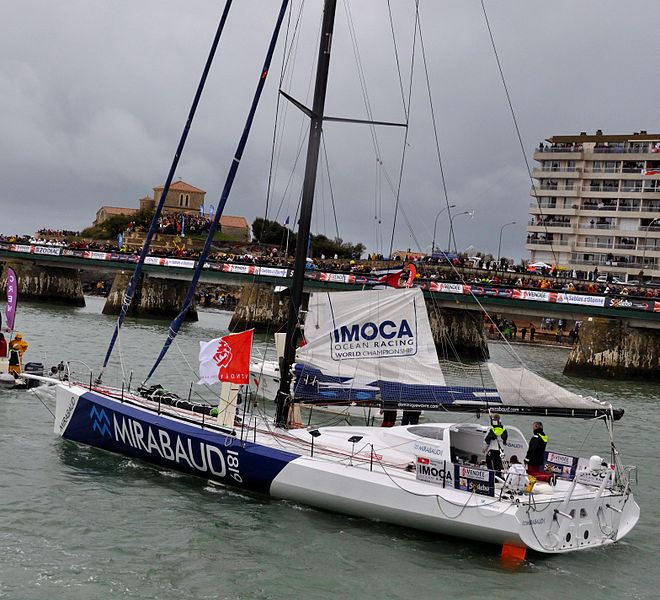
Dominique Wavre in Vendee Globe race
Dominique competed in four Vendee Globe editions:
- 2000/2001: 5th place in 105 days 2 h 45 min, Privée
- 2004/2005: 4th place in 92 days 17 h 13 min, Temenos
- 2008/2009: had to quit the race/damage to the boat, Temenos II
- 2012/2013: 7th, Mirabaud
Facts about Yacht racing
Yacht racing is a form of sport sailing; it involves large sailboats or yachts in direct competition against one another in the race around a course marked by buoys or race in longer, from point to point, distances across open waters. Races are classified in groups, each with specific rules and styles and main classes are:
- Offshore races
- Ocean Classics
- Around the world races
- Inshore races
Offshore races
Sydney to Hobart Yacht Race
An annual race that runs from Sydney to Hobart in Tasmania, the distance is 682 nautical miles.
Vic-Maui Yacht Race
It is the longest offshore race that has a starting point in Victoria (Canada) and a finishing point in Lahaina in Hawai. The distance is 2,308 nautical miles.
Transpacific Yacht Race
One of the most attractive offshore races has a starting point in San Pedro, Point Fermin, and finish is in Honolulu Hawai. The distance is 2,225 nautical miles.
Fastnet
Organized by the Royal Ocean Racing Club of the United Kingdom, Fastnet represents one of the ‘classics’ when it comes to yacht racing. The starting point is at Cowes on the Isle of Wight and finish is in Plymouth. The distance is approximately 600 nautical miles.
Tour De France A La Voile
Fun fact about this race is that it is happening simultaneously with the cycling event, Tour De France, and its route is along the French coast connecting English Channel, Atlantic Ocean, and the Mediterranean. The distance is approximately 1000 nautical miles.
Ocean classics
Osaka Cup
This two-member crew race runs from Melbourne in Australia to Osaka in Japan. In this race, many boat types are allowed to compete.
Ostar
It is a single-handed race that runs from East to West Atlantic Coast on the North. The starting point is from Plymouth to Newport and on the premier finish line was in New York. This race organized by the Royal Western Yacht Club happens every four years and holds the status of an amateur race from the early 21st century. The total distance of this race is approximately 3,000 nautical miles.
Route Du Rhum
This race took a status of the main race when it comes to Ocean classics from the Ostar race. It is a single-handed race but crewed boats are also allowed to compete. The starting point is a north coast in France and finishes in Guadeloupe in the Caribbean. The total distance of the race is 3,700 nautical miles and its also organized every four years.
Mini Transat
With a similar route as the Route Du Rhum, this race is organized every two years and it is divided into two legs, first is from France to the Canary Islands and the second is from the Canary Islands to Guadeloupe in the Caribbean. This is also a single-handed race.
South Atlantic
This exciting race is starting from Cape Town in South Africa and finishing in the various destinations in South America, but usually, it’s finishing in the Rio de Janeiro. The total distance of the race is 3,600 nautical miles.
Around the world races
The Ocean Race
This race is the top event of the yacht racing, and it’s also known as The Volvo Ocean Race. It is a nine leg race with professional crews, organized every three to four years and it is covering a total distance of 27,930 nautical miles.
Vendée Globe
Dominique Wavre’s favorite race is so hard that it is known as the ‘Everest of the Seas’. Single-handed, non-stop without any assistance, this race is truly one of the biggest yachting challenges in the world.
Global Challenge
The race was founded by Sir Chay Blythe, the first person that sailed around the world alone against the prevailing currents and winds. Rules for this race are: crew cannot be professional, boats have to be specifically designed for this race.
VELUX 5 Oceans Race
This race is single-handed and has three legs.
Jules Verne Trophy
This race is unlike other races, you don’t compete against others but against the clock. You have to finish the race within 80 days, the starting point is at the IIe d’Ouessant in France, and you can start at any time, use any number of the crew members, and have any design of the boat.
Barcelona World Race
The requirement for this race is to use IMOCA 60 yachts, and it’s a double-handed nonstop race.
Clipper Round the World Yacht Race
To complete this race it takes approximately 11 months, and the race is unique for many reasons. You have a fleet of 12 boats with the same design, each yacht has a professional skipper and novice sailors that pay for participation.
Inshore races
The America’s Cup
America’s Cup is probably the most famous race in the world. It is the oldest, most exclusive, and prestigious yachting event that has precise and strict rules for the boat design that each time makes controversies.
